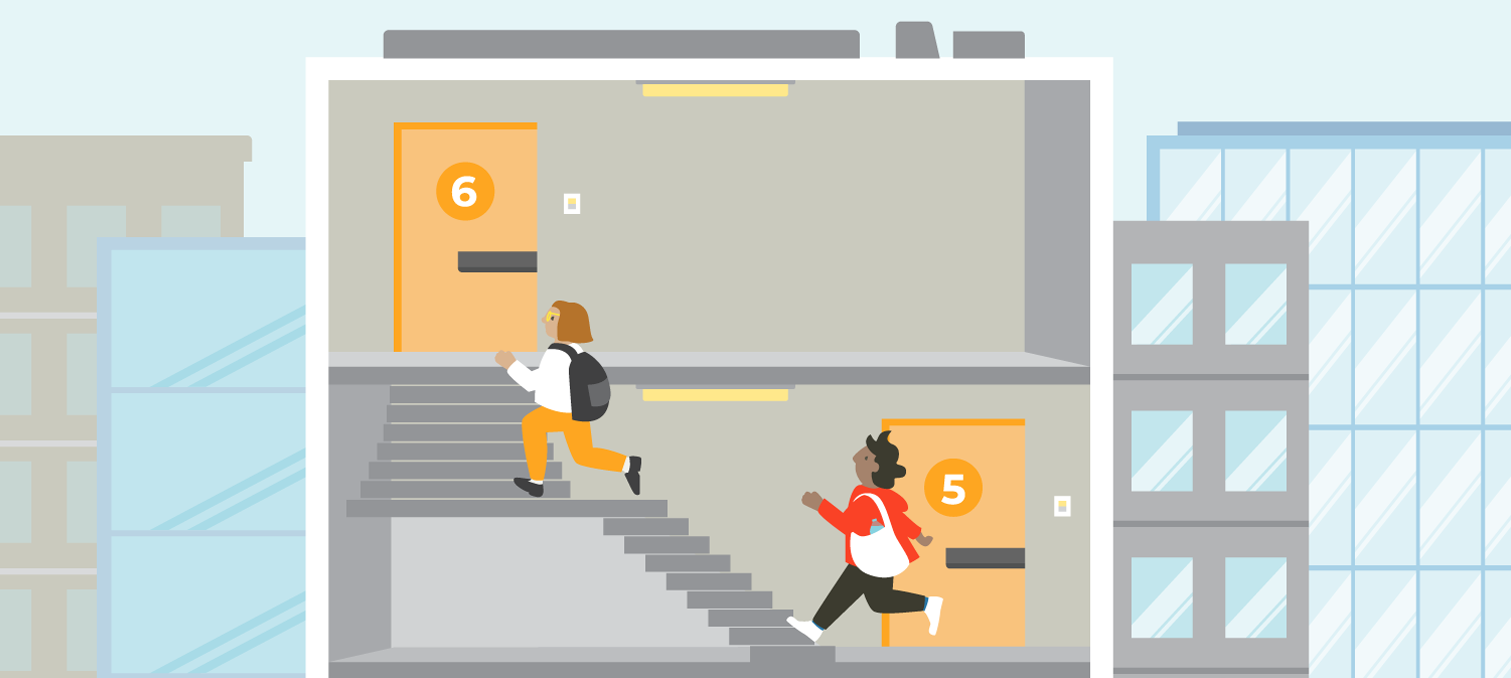
Tsunami Vertical Evacuation Advice
Vertical evacuation means evacuating to a high floor of a building, instead of leaving the tsunami evacuation zone.
Key things to know about vertical evacuation:
- New Zealand doesn’t have building standards for vertical evacuation structures, so we haven’t assessed or constructed buildings to that standard and can’t currently say that any building in an evacuation zone will definitely be safe in a tsunami.
- Our primary advice is to not remain in the evacuation zones. However, some people who are in a high-rise building may decide to stay there. This is something you and your household or workplace will need to discuss and decide.
- Vertical evacuation could be a better option in some circumstances, but you need to be aware that the building might not be built to withstand the impact of a tsunami. There is also the chance you could be isolated in the building for days before help can get to you, and there is the risk of fire. If you choose to evacuate vertically, you should go to the 5th floor or higher, so if your building doesn’t have a 5th floor, staying there is not a good option!
- You need to review the options and identify what is right for you, your household and/or business.
- Whatever you decide works for you, we strongly recommend you spend some time putting together a grab bag and practising the route you would take if you do leave the building. Knowledge is power, the more you can prepare for this now, the better.